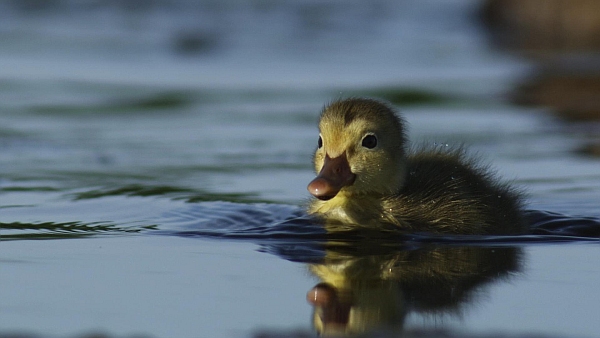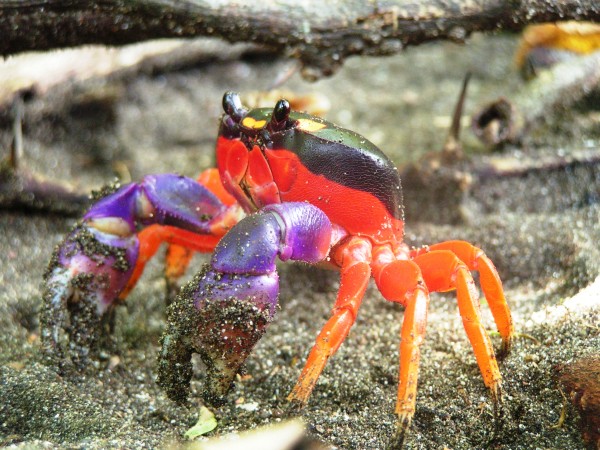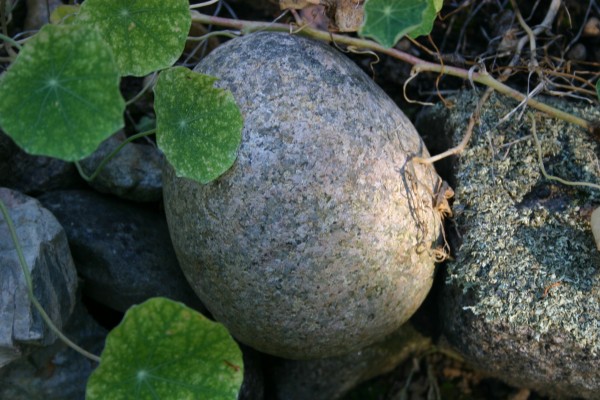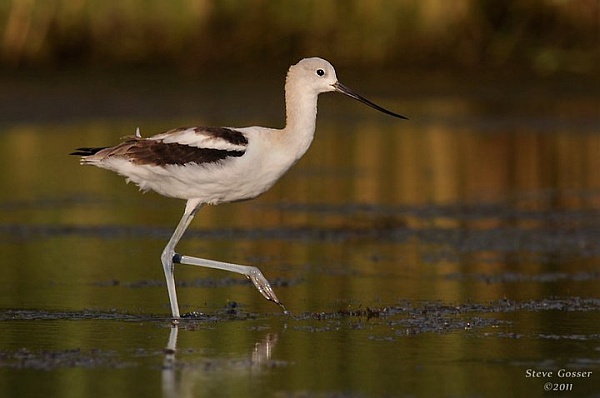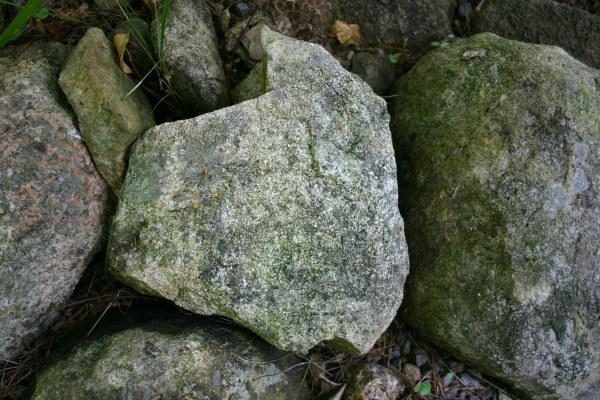
Though I’m back in Pittsburgh for International Rock Flipping Day (IRFD) I decided to flip a rock while in Maine, hoping for better results than I’ve found at home.
At first I met with no success.
I rolled the smooth egg-shaped rock pictured in my IRFD announcement blog but found only spider webs.
I tried a few rocks in a tidal pool but was unable to get a clear photograph of the underwater inhabitants.
Then I tried this one, a granite rock in Northeast Harbor. It was obviously cut for a purpose with an odd notch at the top left, a half moon circle at bottom, and a chiseled mark on its face, but it was discarded and became a garden border.
And so I flipped it…
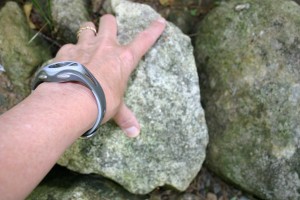
… and found the best stash I’ve seen in the four years I’ve participated in IRFD.
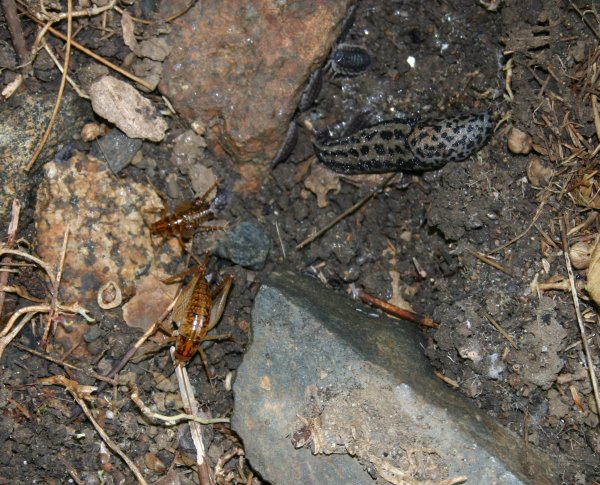
Pictured above are a proliferation of grubs (top center), two translucent copper-colored insects with hind legs like crickets (I have since learned these are camel crickets) and one gray snail with leopard spots and no shell (right side).
I couldn’t identify the grubs and cricket-insects but I googled “gray snail with leopard spots in Maine” and found the Limax maximus otherwise known as the great grey slug or leopard slug.
The leopard slug is truly an exotic creature. Consider this:
- According to Wikipedia it’s one of the largest keeled air-breathing land slugs in the world. Adults can be 4-8 inches long.
- Originally from Europe they were first documented in basements in Philadelphia in 1867. By now they live in both Maine and Pittsburgh so I could have found this slug at home.
- Though it looks like a snail without a shell it actually has a small shell on its back under its skin shield. When frightened it draws its head under the shield. That’s why this one looks headless.
- Leopard slugs are active at night and even then they aren’t very active.
- They will eat anything, even other slugs. So I wonder: Why are there other critters under the rock? Won’t the slug eat them?
- They live about 3 years, taking 2 years to reach sexual maturity.
- They are hermaphrodites, each one equipped with eggs, sperm, and a large, elaborate, translucent, white penis that emerges from a hole on the right side of their necks.
- Most amazing of all is their elaborate courtship and mating ritual in which they entwine and drop down on a strand of slime (read about it here).
Just like their leopard namesake, their spot patterns are unique from one individual to the next. So, yes, I found a leopard under a rock.
(photos by Kate St. John)
p.s. Be sure to see the comments below for links and videos of more under-rock finds.
And… don’t miss Wanderin’ Weeta’s round-up of *all* the rock-flipping blogs. There are some really cute critters out there (think mongoose!).
